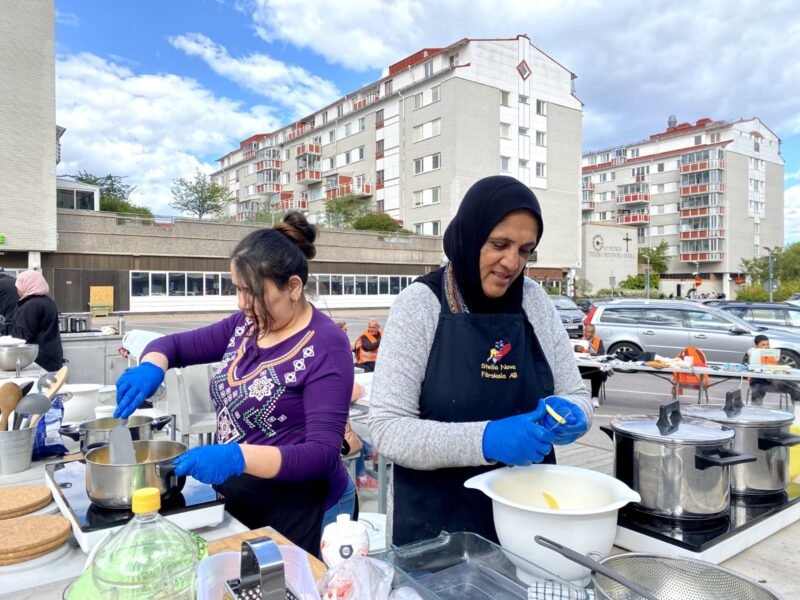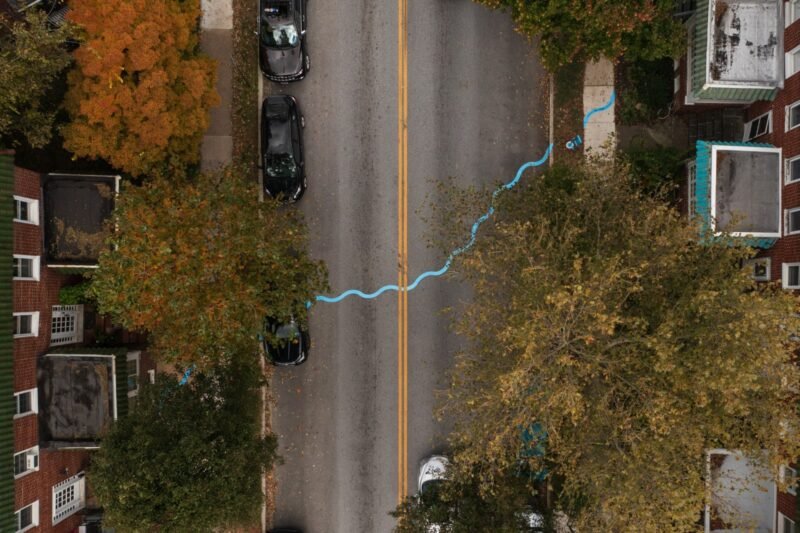Caveat For Smart Cities
Last month, three leading thinkers on smart cities (and regular ones too) expressed concerns about issues of digital inclusion and citizen-technology dynamics. Saskia Sassen wrote about the need to ‘urbanise the technology,’ Anthony Townsend discussed the absence of the urban poor from smart city visions and Adam Greenfield asserted the need to have rights over ‘public objects’.

Townsend began with the statement that “current visions of smart cities don’t address the needs of the poor and excluded”. He identified three aspects of such limitations of the vision — (1) the possibility of failure of smart networks (‘bugs in the smart city’) and greater vulnerability of weaker sections of the society in case of such system failures, (2) the unstable infrastructural (electrical, mechanical etc.) basis of smart systems, and (3) the increased use of smart systems by the governments for surveillance purposes. Looking for the way forward to inclusive smart cities, he talked about place-less infrastructure (mobile phones) and resources (open data) that empower people regardless of their property rights. However, as Townsend points out, this requires the urban poor to have a few crucial rights over accessing and using urban data.
Greenfield struck a similar note while expanding his argument about ‘public objects’ — objects that are located in or affect life in public spaces (to use a less comprehensive definition). His solution is to enable right to networked urban objects by opening up their information gathering and handling processes to public scrutiny and intervention. The idea connects back to David Brin’s ‘city of open access’. Greenfield mentions, though perhaps not so clearly, that the right to public objects is not only connected to the right to public places (or right to the city overall) but also dependent on it. The concept of ‘public object’ is very spatial — one needs to access the space to access the object. This allows place-based communities to have targeted interventions into ‘public objects’ that affect them.
Maybe this is what Saskia Sassen calls ‘urbanisation of technology.’ To avoid a smart city where technologies determine urban form and civic participation, she suggests, that technology must be urbanised. Its applications must be configured around the local practices. While the scope of her argument is larger than those of Townsend and Greenfield, it also remains somewhat vague. What kind of ‘urbanisation’ are we talking about when we are urbanising the technologies? Maybe the focus should be on technologies that allow continuous urbanisation, like what is envisioned in Greenfield’s ‘public objects.’
Graphic recording courtesy: Anna-Lena Schiller.



